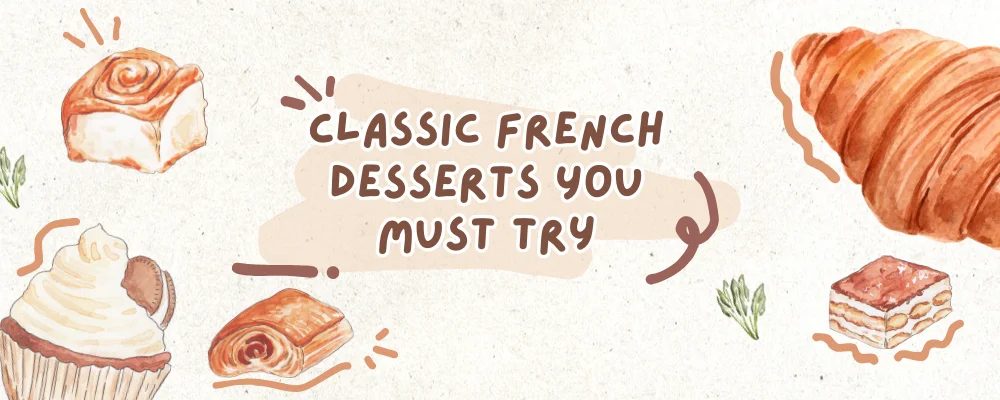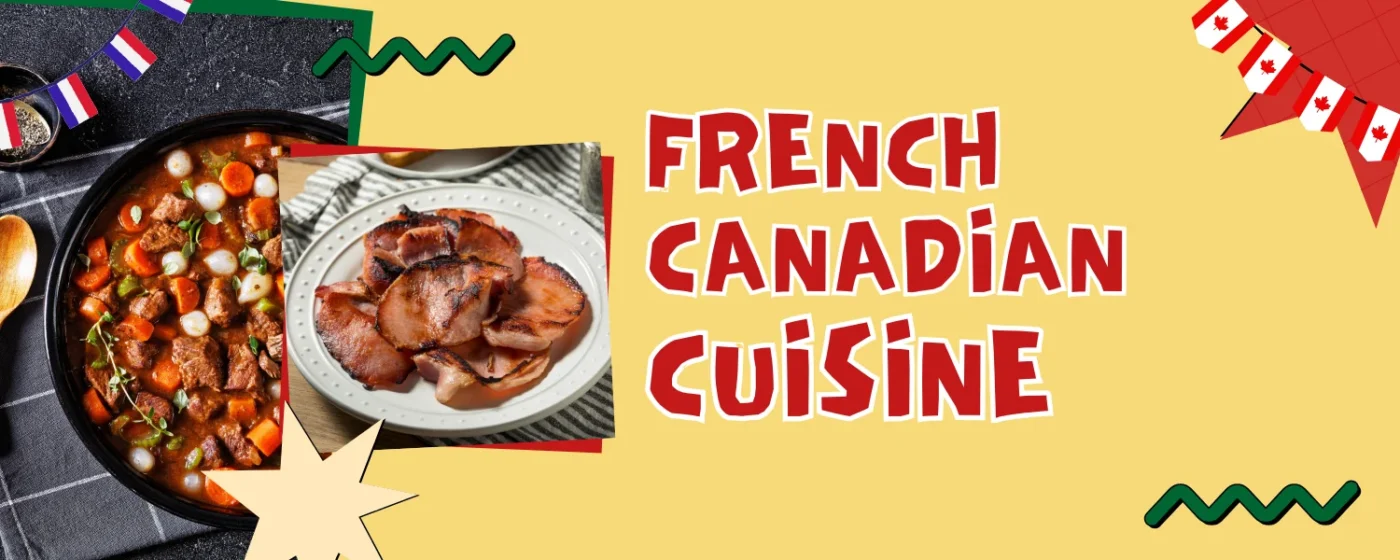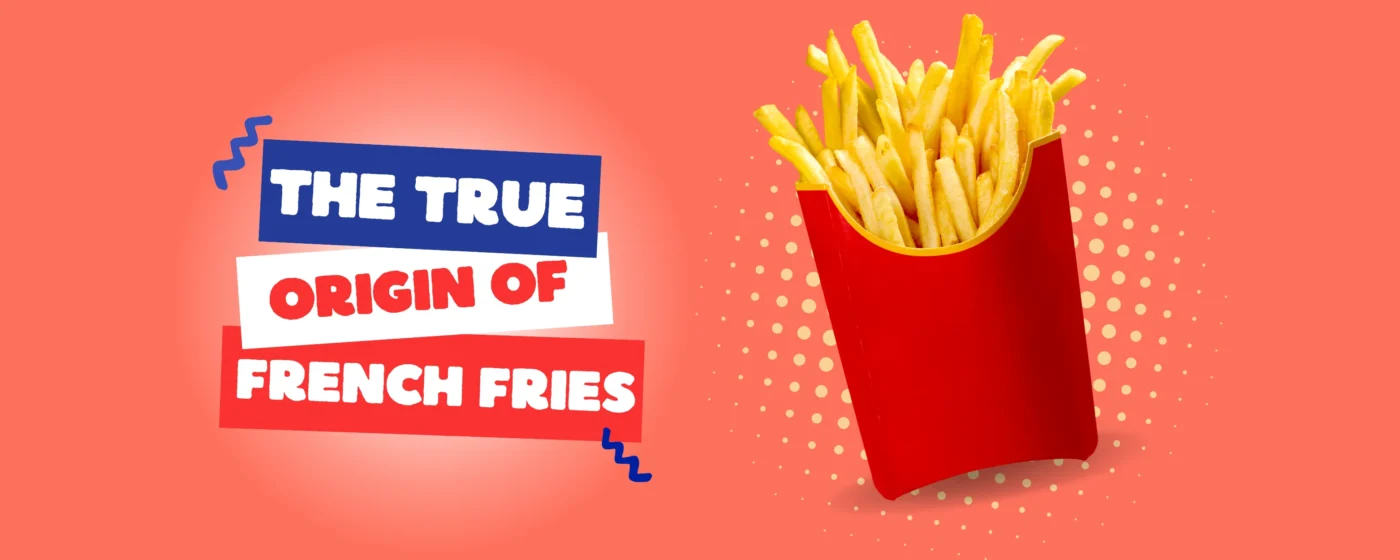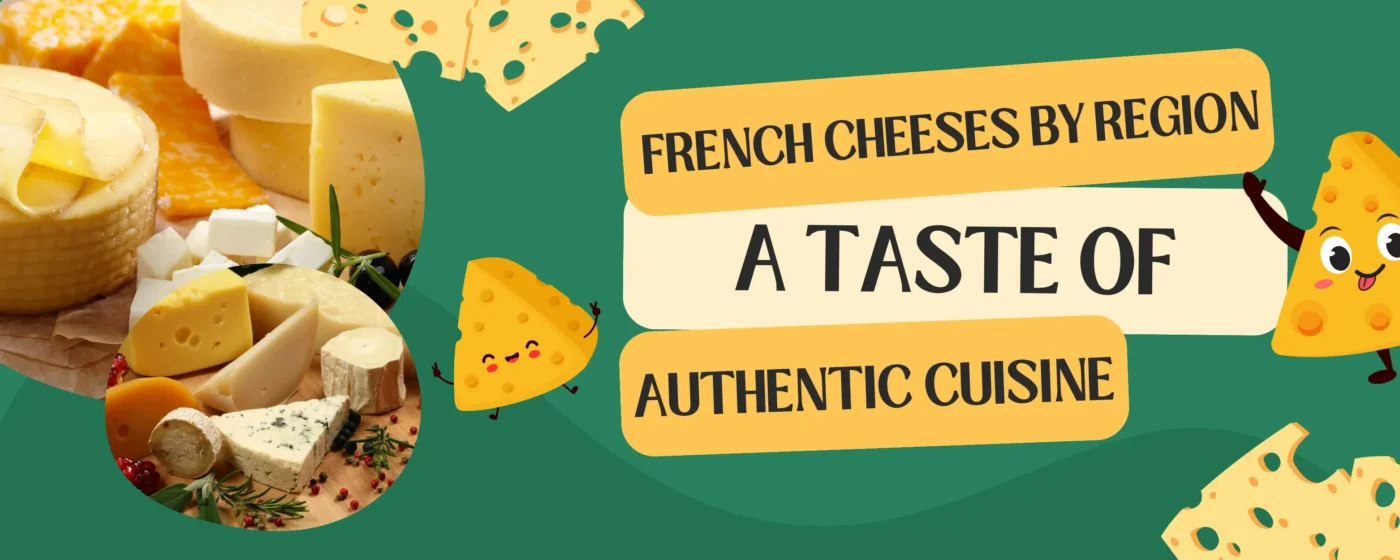French cuisine is celebrated worldwide for its elegance and flavour, with desserts holding a special place in this culinary tradition. French desserts are a key part of the nation’s culture, reflecting a rich history and a deep passion for enjoyment. From delicate pastries to luxurious cakes, French desserts offer a diverse and delightful array of sweet treats. In this article, we’ll explore some of the most iconic French desserts, highlighting their unique characteristics and the artistry involved in their creation.
French Desserts You Must Try
1. Crème Brûlée

Crème brûlée, meaning “burnt cream” in French, is a classic dessert with a mysterious past. While France, England, and Spain all claim to have invented it, the first written recipe for “crème brûlée” appeared in France way back in 1691. This delightful treat features a rich and silky custard base, flavoured with vanilla, hidden beneath a hardened layer of caramelised sugar.
2. Tarte Tatin
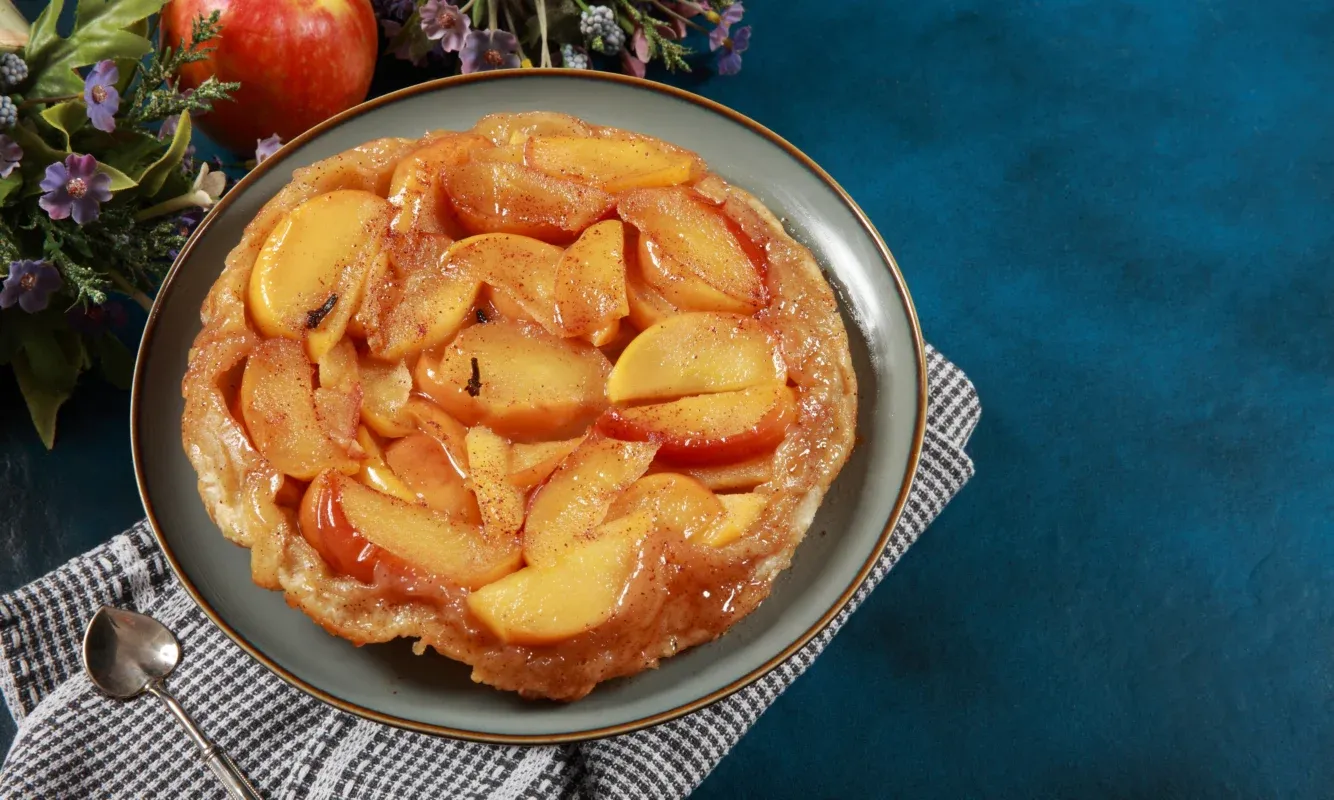
This upside-down apple tart is a surprising treat, named after the Tatin sisters, who invented it in the late 19th century. Sweet, caramelised apples are the star, nestled under a golden, buttery pastry crust. Traditionally made in a skillet, the apples are cooked in butter and sugar until golden brown before being topped with pastry dough and baked. The finished tart is then flipped upside down, revealing the caramelised apples on top.
3. Éclair
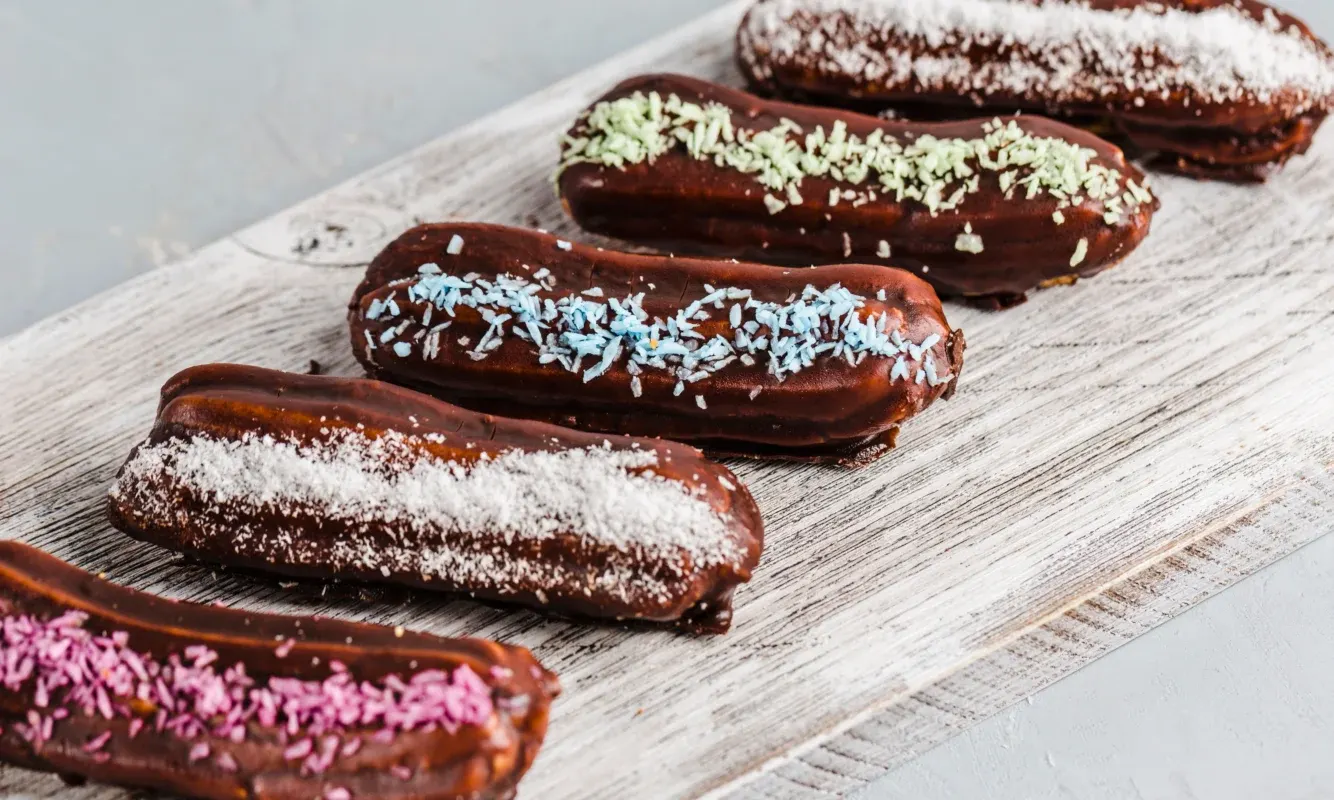
Éclairs are oblong pastries with a delightful surprise inside, invented by celebrity chef Marie-Antoine Carême. Light and crisp choux pastry shells are filled with rich cream flavoured with vanilla or chocolate. To finish them off, they’re topped with a glossy chocolate icing for a touch of sweetness.
4. Macaron

Macarons are beautiful cookies with a long history. Some believe they might have started in the Middle East or Italy many years ago. The French queens introduced them to France, or it was In the 18th century, clever nuns in France made them famous by turning them into delicious treats.
Macarons are delicate pastries that capture the hearts of many with their delightful appearance and flavour. Made from almond meringue, they come in a vibrant array of colours. They are sandwiched together with flavoured buttercream or ganache, creating a delightful textural contrast between the crisp shell and the smooth filling.
5. Mille-Feuille

Mille-feuille, also known as Napoleon, is a pastry that combines delightful textures. Flaky layers of puff pastry are alternated with rich pastry cream, creating a delightful contrast between crisp and smooth. The top is often dusted with icing sugar for a simple finish or decorated with chocolate or icing for a more elaborate look. This dessert boasts a long history! In 1651, a French chef named François Pierre de la Varenne included the first known recipe for mille-feuille in his cookbook, making it a beloved treat for centuries.
6. Clafoutis
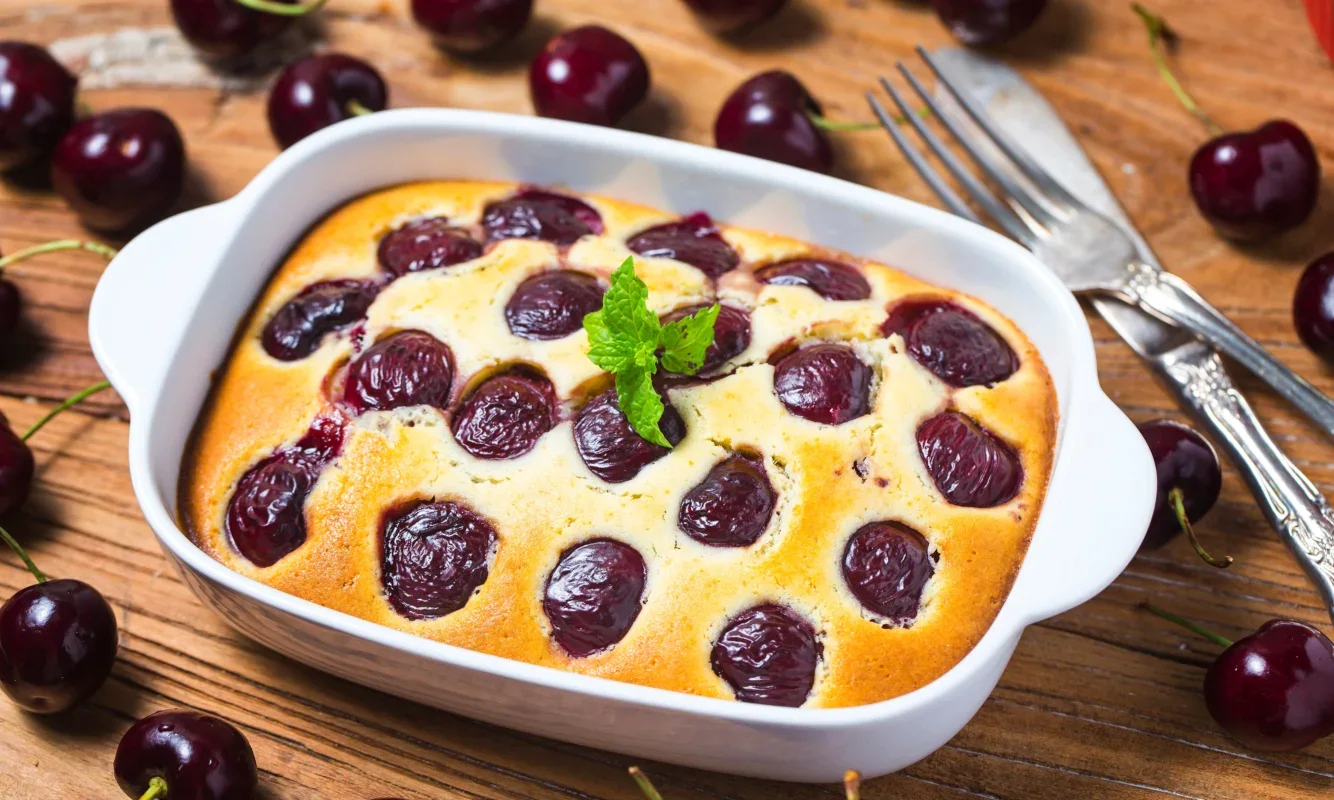
Clafoutis, a heartwarming French dessert, originates from the Limousin region in south-central France. Its name reflects its preparation: “clafir” in Occitan translates to “to fill.” Fresh fruit, often cherries, is baked in a batter that’s light and fluffy on the inside and develops a pleasant crispness around the edges. This delightful dessert showcases seasonal fruits and is typically served warm with a dollop of whipped cream or ice cream for an extra touch of sweetness.
French cuisine is famous for its diverse cheeses. Explore French Cheeses By Region to learn about unique flavors from different areas.
7. Paris-Brest

A Paris-Brest is a French dessert that combines light and airy choux pastry with a rich and creamy praline-flavoured cream. The pastry itself is shaped like a wheel, a tribute to the Paris-Brest-Paris bicycle race. Invented in 1910 by pastry chef Louis Durand, the dessert’s name reflects both its shape and its connection to the race. The finishing touch? A sprinkling of flaked almonds for added texture.
8. Canelé

Canelés are small French pastries with a surprising flavour contrast. A dark, thick caramelised crust encases a soft and tender custard centre flavoured with rum and vanilla. These bite-sized treats boast a unique texture thanks to the beeswax-coated moulds used during baking. Shaped like small, ridged cylinders with a dimple on top, canelés are a specialty of Bordeaux in southwestern France.
9. Soufflé

In the 18th century, French chef Marie-Antoine Carême elevated the soufflé to a celebrated dish. This culinary creation features eggs baked to a light and airy perfection. Savoury or sweet ingredients can be incorporated to suit any palate. The technique relies on whipping egg whites until stiff, a process that creates air pockets and allows the soufflé to rise magnificently in the oven. The name itself reflects this characteristic, as “soufflé” translates from French to “puffed up.
10. Tarte au Citron
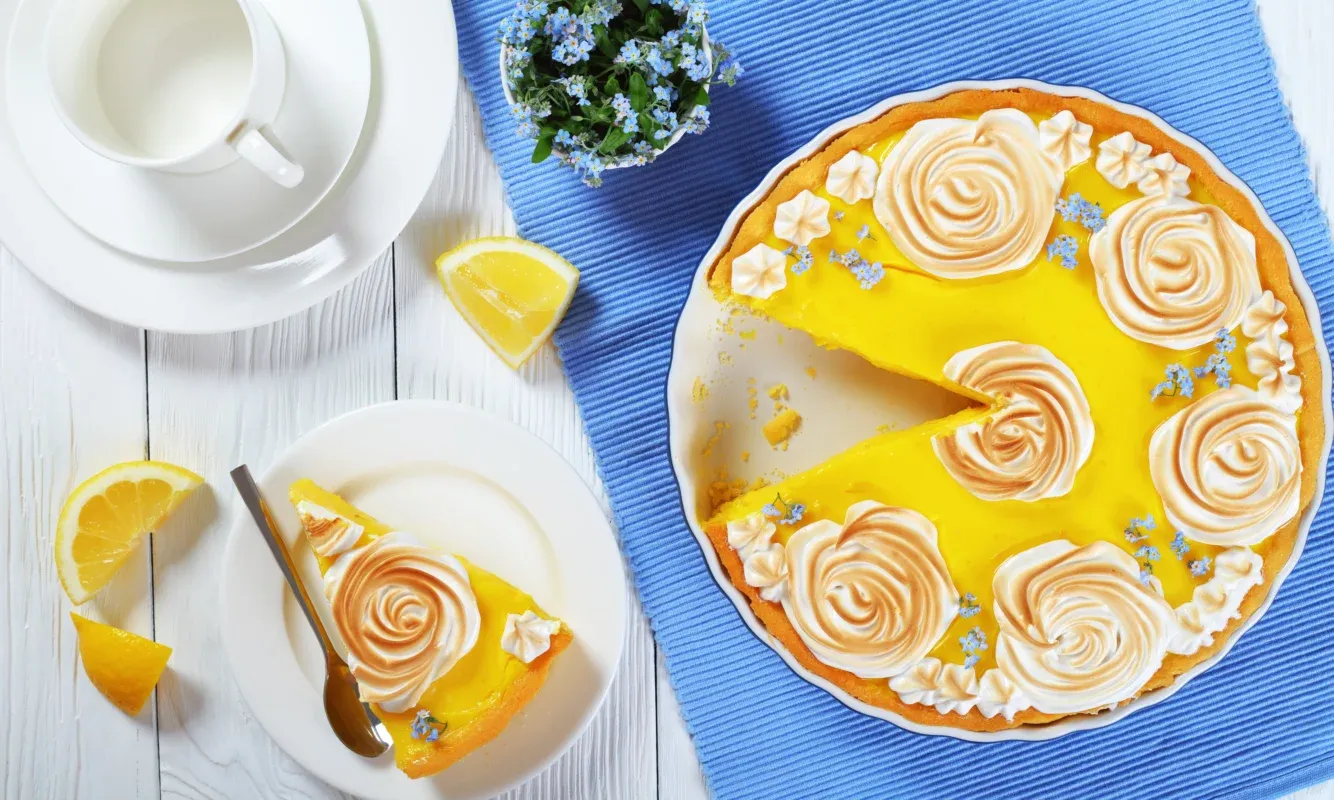
Tarte au Citron, literally translating to “lemon tart” in French, is a timeless dessert enjoyed worldwide. This delightful treat features a buttery, flaky pastry crust filled with a smooth and intensely lemon-flavoured custard. The zesty citrus filling, often referred to as lemon curd, provides a perfect balance of sweet and tart, making it a refreshing and satisfying conclusion to any meal.
Taste the Essence of French!
Join our courses to enjoy the rich culture of France while mastering the language!
11. Profiteroles

Profiteroles are airy French pastries made from choux pastry. This dough puffs up during baking to create a hollow centre that’s filled with sweet goodness. Common fillings include whipped cream, custard, pastry cream, or even ice cream. Profiteroles can be enjoyed plain or dressed up with chocolate sauce, caramel, or powdered sugar. Chef Antonin Carême played a key role in popularising this delightful dessert.
12. Galette des Rois
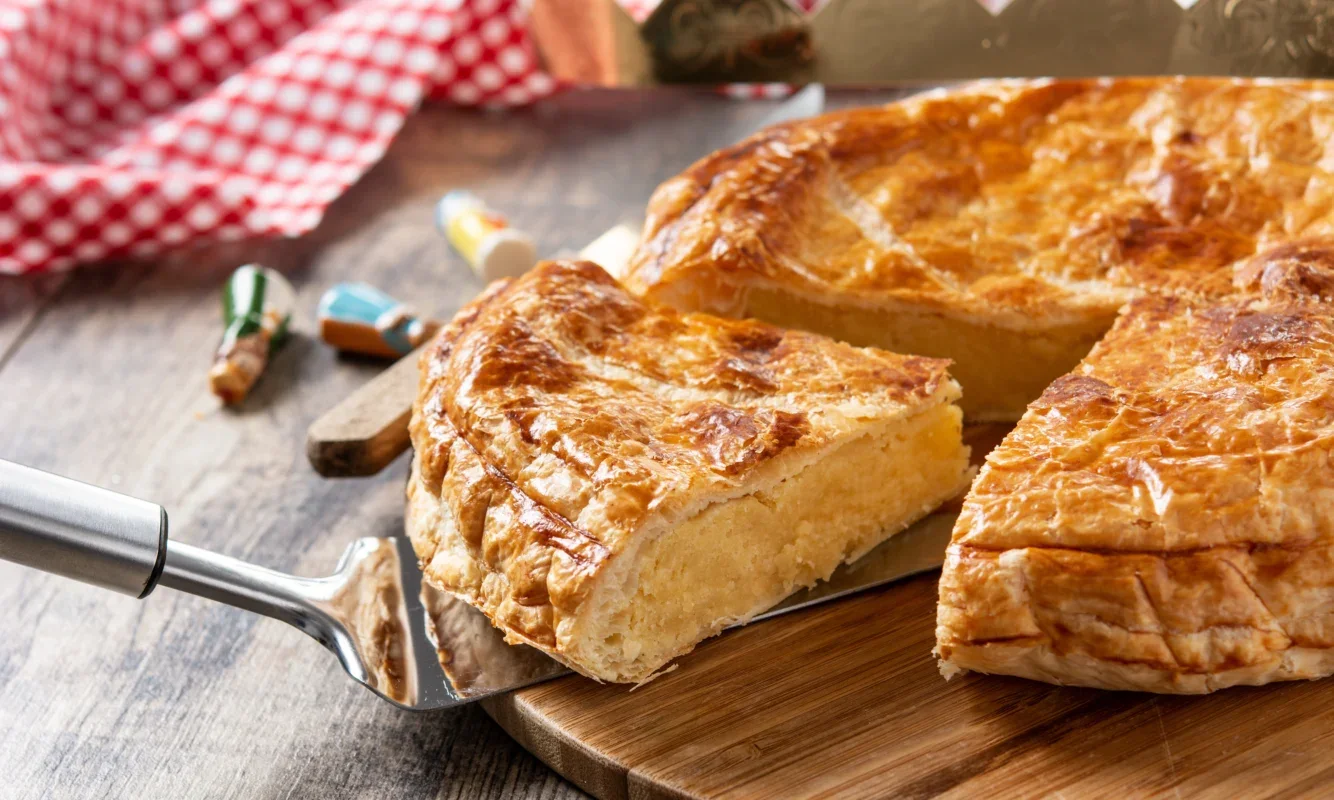
The Galette des Rois is a famous French dessert traditionally enjoyed during Epiphany. This cake is made with layers of puff pastry filled with a rich almond frangipane. The tradition of the Galette des Rois dates back to the 14th century and is believed to have been created by Benedictine monks who wanted to celebrate the visit of the Magi to the Christ Child.
13. Madeleines

Madeleines are small, shell-shaped French cakes known for their delicate, buttery flavour and light, sponge-like texture. Made from a simple batter of flour, sugar, eggs, and melted butter, they often have a hint of lemon or vanilla. The batter is poured into special moulds with a scalloped shape, giving the madeleines their distinctive look. They are famously associated with Marcel Proust, who described their taste and the memories he evoked in his novel “In Search of Lost Time.”
14. Financiers

Financiers are small, moist French almond cakes with a light and airy texture. They are typically made with almond flour, egg whites, sugar, and beurre noisette (brown butter), which gives them a rich, nutty flavor.Originally created by the Visitandine order of nuns in the 17th century, the recipe was later popularised by a Parisian pastry chef who marketed them to the city’s financial district, hence the name “financier.”
15. Baba au Rhum

Baba au Rhum is a delicious French dessert featuring a small yeast cake soaked in rum syrup. Bakers often fill the cake with whipped cream or pastry cream, adding a rich and creamy texture. This dessert, known for its moistness and strong rum flavour, is usually garnished with fresh fruits or candied cherries. Originally created in Poland, Baba au Rhum was popularised in France by the 18th-century chef Nicolas Stohrer.
16. Opera Cake

French pastry chef Cyriaque Gavillon created opera cake in the 1950s. This classic French dessert consists of thin layers of almond sponge cake soaked in coffee syrup. Bakers alternate each layer with rich coffee buttercream and dark chocolate ganache, creating a luxurious and multi-layered treat. They finish the cake with a shiny chocolate glaze and often decorate it with gold leaves or delicate chocolate pieces. Named after the Paris Opera House, this elegant dessert reflects sophistication and artistry.
17. Far Breton

Far Breton is a traditional French dessert originating from the Brittany region. It is a custard-like cake made with flour, eggs, sugar, and milk or cream, similar to a flan or clafoutis. The key ingredient that distinguishes Far Breton is the addition of prunes or other dried fruits, which are soaked in rum before being incorporated into the batter. The result is a rich and flavorful cake with a dense, pudding-like texture.
18. Kouign-Amann

Kouign-Amann is a delicious Breton pastry originating from Brittany, France. Created by a baker in the 1800s, it boasts layers of buttery dough, caramelised sugar, and a hint of salt, resulting in a crispy, sweet indulgence. This dessert gained fame for its rich flavour and flaky texture. Its name translates to “butter cake” in Breton, perfectly describing its buttery essence.
19. Mont Blanc

Mont Blanc is a delightful dessert originating from France, named after the highest peak in the Alps. It typically consists of a base of meringue or sponge cake topped with whipped cream and chestnut cream vermicelli. This sweet treat captures the essence of autumn with its rich chestnut flavour and creamy texture. It’s a beloved dessert in French cuisine, celebrated for its elegance and indulgent taste.
20. Fraisier

The Fraisier, a classic French dessert, is a true delight for the taste buds. It’s a lavish creation featuring layers of delicate sponge cake, fresh strawberries, and rich pastry cream, all encased in a blanket of marzipan or almond paste. This dessert captures the sweetness of summer with its vibrant colours and fruity flavours. Often adorned with more strawberries on top, it’s a visually stunning and irresistibly delicious treat enjoyed by dessert enthusiasts worldwide.
To read more about French cuisine and everything French from French language to French culture follow our blogs.
The origin of French fries is often debated, with Belgium claiming invention. Explore their history and cultural impact
Frequently Asked Questions
Q: What is the most famous dessert in Paris?
Ans: There isn’t one definitive answer, but two strong contenders are the macaron and the crème brûlée. Macarons are beautiful and delicate almond meringue cookies with creamy fillings, while crème brûlée is a classic baked custard with a caramelised sugar crust. Both are widely available in Parisian patisseries and are a delicious way to experience French pastry!
Q: What is France’s signature dessert?
Ans: France has a rich pastry tradition, making it hard to pick just one signature dessert. However, some popular desserts include macaron and crème brûlée, as well as éclairs (pastry shells filled with cream) and mille-feuille (layered puff pastry with cream).
Q: What are small French desserts called?
Ans: Small French desserts are often called “petits fours.” These bite-sized treats can include an array of confections such as mini pastries, tarts, and cakes. Petits fours are typically served at the end of a meal or during afternoon tea, showcasing the artistry and finesse of French pastry chefs.
Q: Is France known for desserts?
Ans: Absolutely! France has a long and celebrated history of pastry-making, and desserts are a beloved part of French cuisine. From delicate pastries to French desserts, they are renowned for their attention to detail and use of high-quality ingredients.

